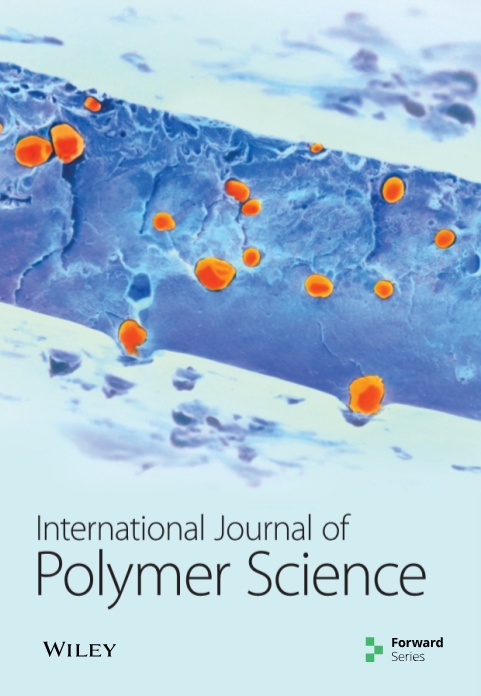用于GAIT分析的聚合物基光纤传感器的设计与开发
IF 4.4
4区 化学
Q2 POLYMER SCIENCE
引用次数: 0
摘要
在目前新冠肺炎大流行的情况下,为了保持物理距离,必须使用基于步态的生物识别技术。人类步态识别是一个非常困难的过程,但它是一种合适的距离生物识别方法,即使面部特征不清楚,在低分辨率条件下也能获得良好的结果。本研究描述了使用聚合物光纤传感器(POFS)测量地面反应力(GRF)和时空步态参数(STGP)的智能地毯的构建。所建议的地毯包含用于获取信号的两个光检测单元。每个单元从附近的10个传感器获得响应。光纤上有20个强度偏差传感器。发光二极管(LED)使用正在使用的多路复用方法被连续触发。多路复用取决于LED和POFS部分之间的耦合。在智能地毯上进行的步行实验结果表明,某些参数,包括步长、步幅、节奏和站立时间,可以用来估计GRF和STGP。该结果能够检测步态,包括摆动阶段、站姿、站姿长度和双支撑周期。建议的地毯是一种可靠、价格合理的设备,可用于各种应用中的步态采集。利用传感器数据,利用遗传算法和粒子群优化技术进行步态识别。基于遗传算法和粒子群算法的步态模板分析,提取了聚合物光学步态传感器步态信号的特征。用于对所获得的信号进行分类的技术是随机森林(RF)和支持向量机(SVM)。使用SVM分类器和RF分类器获得了准确性、敏感性和特异性结果。比较了使用两个分类器获得的结果。本文章由计算机程序翻译,如有差异,请以英文原文为准。
Design and Development of Polymer-Based Optical Fiber Sensor for GAIT Analysis
In the present scenario like COVID-19 pandemic, to maintain physical distance, the gait-based biometric is a must. Human gait identification is a very difficult process, but it is a suitable distance biometric that also gives good results at low resolution conditions even with face features that are not clear. This study describes the construction of a smart carpet that measures ground response force (GRF) and spatio-temporal gait parameters (STGP) using a polymer optical fiber sensor (POFS). The suggested carpet contains two light detection units for acquiring signals. Each unit obtains response from 10 nearby sensors. There are 20 intensity deviation sensors on a fiber. Light-emitting diodes (LED) are triggered successively, using the multiplexing approach that is being employed. Multiplexing is dependent on coupling among the LED and POFS sections. Results of walking experiments performed on the smart carpet suggested that certain parameters, including step length, stride length, cadence, and stance time, might be used to estimate the GRF and STGP. The results enable the detection of gait, including the swing phase, stance, stance length, and double supporting periods. The suggested carpet is dependable, reasonably priced equipment for gait acquisition in a variety of applications. Using the sensor data, gait recognition is performed using genetic algorithm (GA) and particle swarm optimization (PSO) technique. GA- and PSO-based gait template analyses are performed to extract the features with respect to the gait signals obtained from polymer optical gait sensors (POGS). The techniques used for classification of the obtained signals are random forest (RF) and support vector machine (SVM). The accuracy, sensitivity, and specificity results are obtained using SVM classifier and RF classifier. The results obtained using both classifiers are compared.
求助全文
通过发布文献求助,成功后即可免费获取论文全文。
去求助
来源期刊

International Journal of Polymer Science
POLYMER SCIENCE-
CiteScore
6.10
自引率
0.00%
发文量
55
审稿时长
>12 weeks
期刊介绍:
The International Journal of Polymer Science is a peer-reviewed, Open Access journal that publishes original research articles as well as review articles on the chemistry and physics of macromolecules.
 求助内容:
求助内容: 应助结果提醒方式:
应助结果提醒方式:


